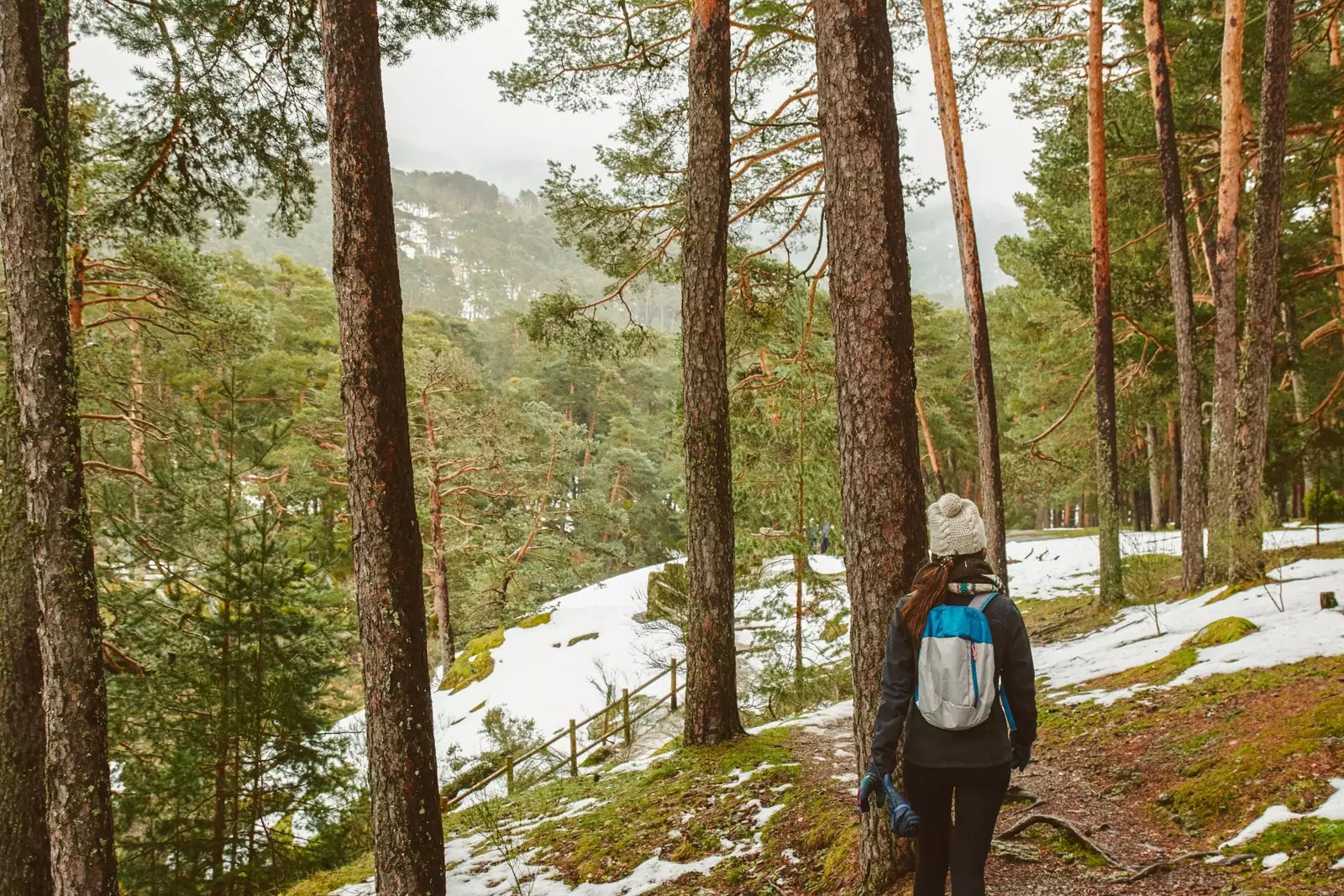
The wild nature of the Sierra de Madrid has endless activities to offer.
From Guadarrama to the Sierra Norte de Madrid, passing through the foothills of the Gredos or leaving behind idyllic villages with forests from other latitudes, the wildest and most preserved territory of Madrid, the one that is far beyond the M-30, keeps secrets yet to be discovered.
AN ARBORETUM TO LEARN
The Luis Ceballos Arboretum is presented as "a living museum of forest species", but It is much more than a place to go to contemplate the native trees and shrubs of the Iberian Peninsula and the Balearic Islands: they have 98 of the 108 that exist, perfectly adapted to the climate and the height (1,300 m.a.s.l.) of the Sierra de Madrid. Is about a four-hectare outdoor environmental education center in which to discover, while walking between springs and waterfalls, from the protected species of the Community of Madrid (holly, birch, mostajo, strawberry tree, yew trees...) to the ecosystem of a pond and its unique flora and wildlife. They also organize a lot of educational activities to teach the little ones the importance of protecting the environment. (Access is free, but it is essential to make a reservation both for the free visit and for the guided ones and ask for permission to access with a motor vehicle through the forest track of Mount Abantos).
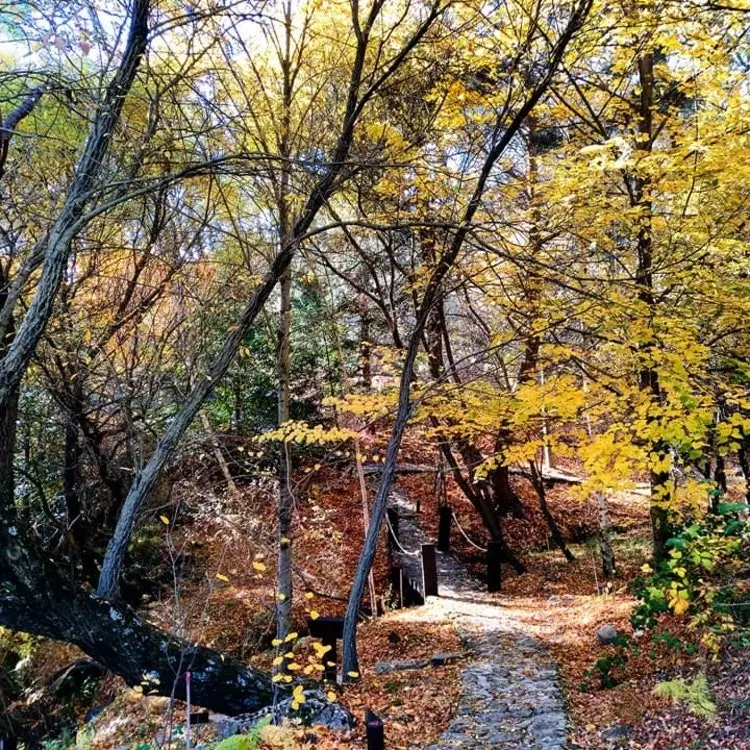
Luis Ceballos Arboretum, on Mount Abantos in the Sierra de Madrid.
A CHESTNUT TREE TO COLLECT
Although it is true that when chestnut Rozas de Puerto Real – a town located in the foothills of the Sierra de Gredos which was formerly a royal cattle counter – it is better to go in the fall and with a basket to collect the thousands of chestnuts falling on the road, paved by a thorny carpet of empty vegetable 'hedgehogs' interspersed with deciduous leaves, during any time of the year one can take with them the idyllic image of the chestnut tree tops swaying in the wind while the sun's rays filter through the branches.
The route of almost nine kilometers that runs through this Special Conservation Area (ZEC) leaves from the center of town and it is very simple (although it takes you more or less three hours to complete it), in addition, borders the secluded Morales reservoir and his usual (and patient) morning fishermen.
A WINERY TO TASTE
If you're traveler and hedonist, surely you are used to visiting wineries which, in addition to tastings, include a visit to the facilities. So you will already be an expert in planting yourself in front of the immense stainless steel tanks while An oenologist explains the different varieties of grapes used, as well as the coupages designed to make the wines. However, at Bodegas Cristo del Humilladero in Cadalso de los Vidrios, a town located to the southwest of the Community of Madrid that borders the provinces of Toledo and Ávila, you will in front of some surprising and exceptional concrete deposits from the middle of the last century. Surprising because they are not at all common and exceptional because in them the Local wine is made naturally with native wild yeasts.
During the visit you will learn about the particular winemaking process perfected for more than 20 years by Ricardo Moreno, oenologist of this cooperative formed by about 80 members, and you will taste some of its renowned wines: 11 are recognized with a tasting note higher than 90 points in the Peñín Guide and two of them with 91: Azogue, a coupage between Syrah and Tinta de Toro, and Vidrios Técnico, classified as an excellent wine.
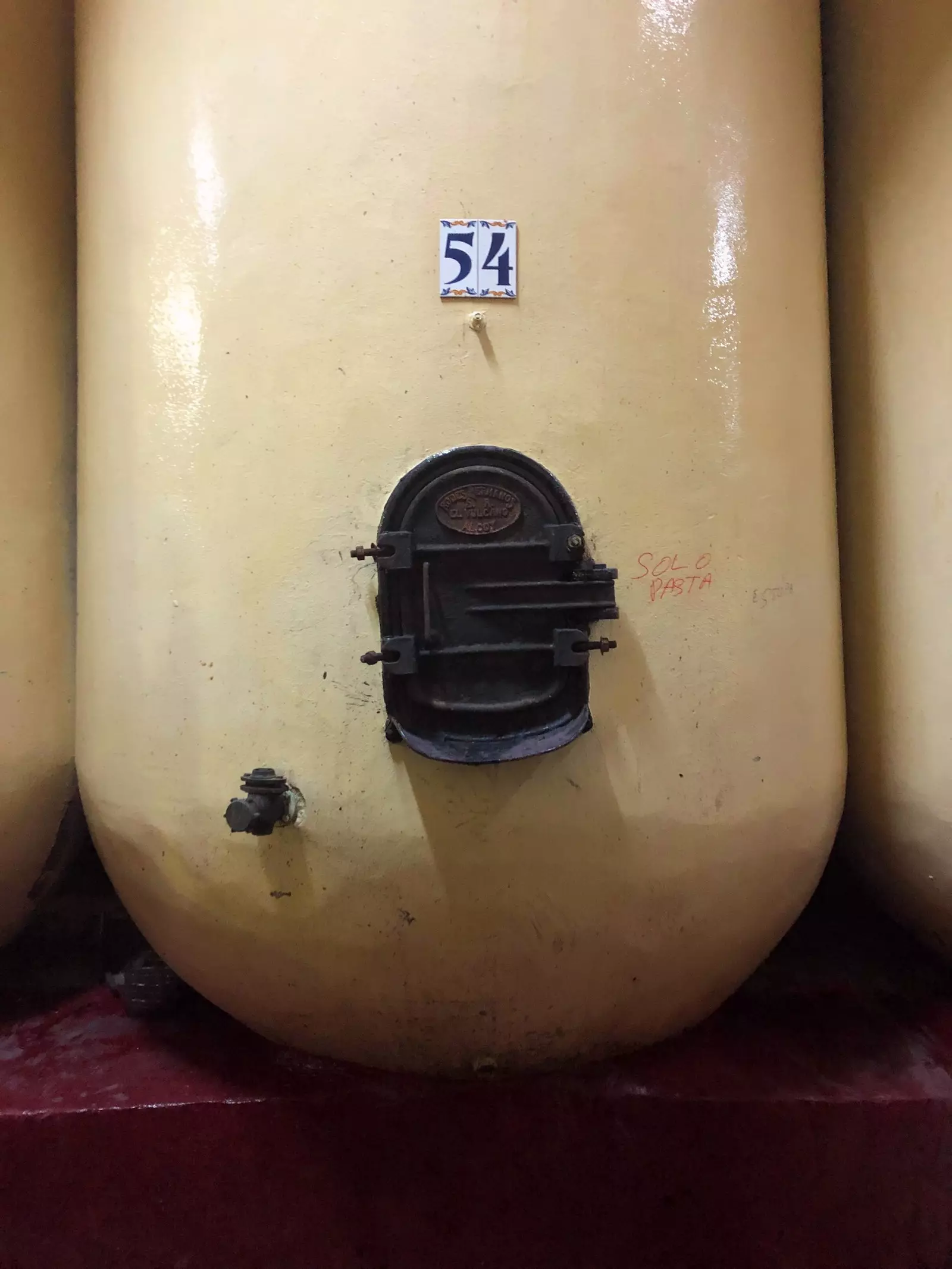
Concrete tank in Bodegas Cristo del Humilladero in Cadalso de los Vidrios.
A CASTLE TO DREAM OF
In the Coracera Castle of San Martín de Valdeiglesias, the stones speak, but not metaphorically, but literally, since Its medieval history is projected in three dimensions on the walls of this 15th-century fortress, as well as the constructive characteristics of what was the residence of Don Álvaro de Luna.
Do not suffer if you are one of those who flee from the interactive, since –without the need for any explanation– you will be able to enjoy the imposing views from the castle tower to the neighboring Cerro de Guisando, where the infanta Isabel de Castilla became heiress to the crown through the treaty of the Toros de Guisando.
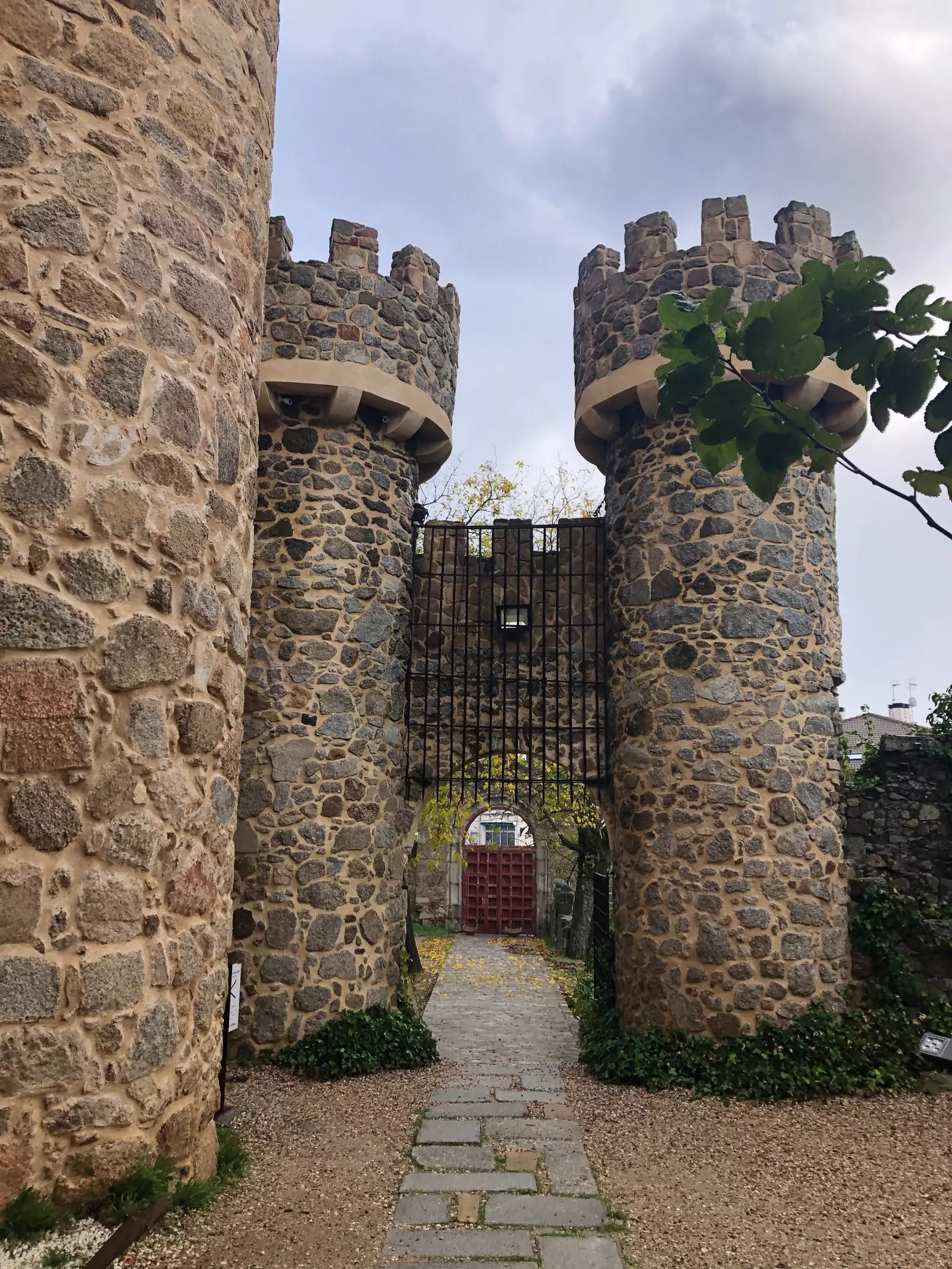
Coracera Castle, in San Martín de Valdeiglesias.
A DEHESA TO PEDAL THROUGH
There are many active tourism companies that rent electric bicycles in Madrid, but only Las Machotas (which takes its name from the two mountains of the Sierra de Guadarrama) offers the possibility of being accompanied by a specialized guide (qualified by the Madrid Cycling Federation) throughout the journey (which you can also do self-guided, if you prefer, through a mobile application).
Aimed at a family audience, its short two-hour or long four-hour routes run through the areas near Zarzalejo (where the collection point for Fat Bike-type electric bicycles is located), whose dehesa, like the nearby Valquejigo dehesa, is included in a Special Protection Area for Birds (Z.E.P.A.) . While among holm oaks, ash trees, junipers, oaks and gall oaks you pedal through Madrid's Sierra Oeste (and your children go by cart or tandem), the vultures and the eagles ( including the Iberian imperial eagle, the most threatening on the planet) will fly over your head.
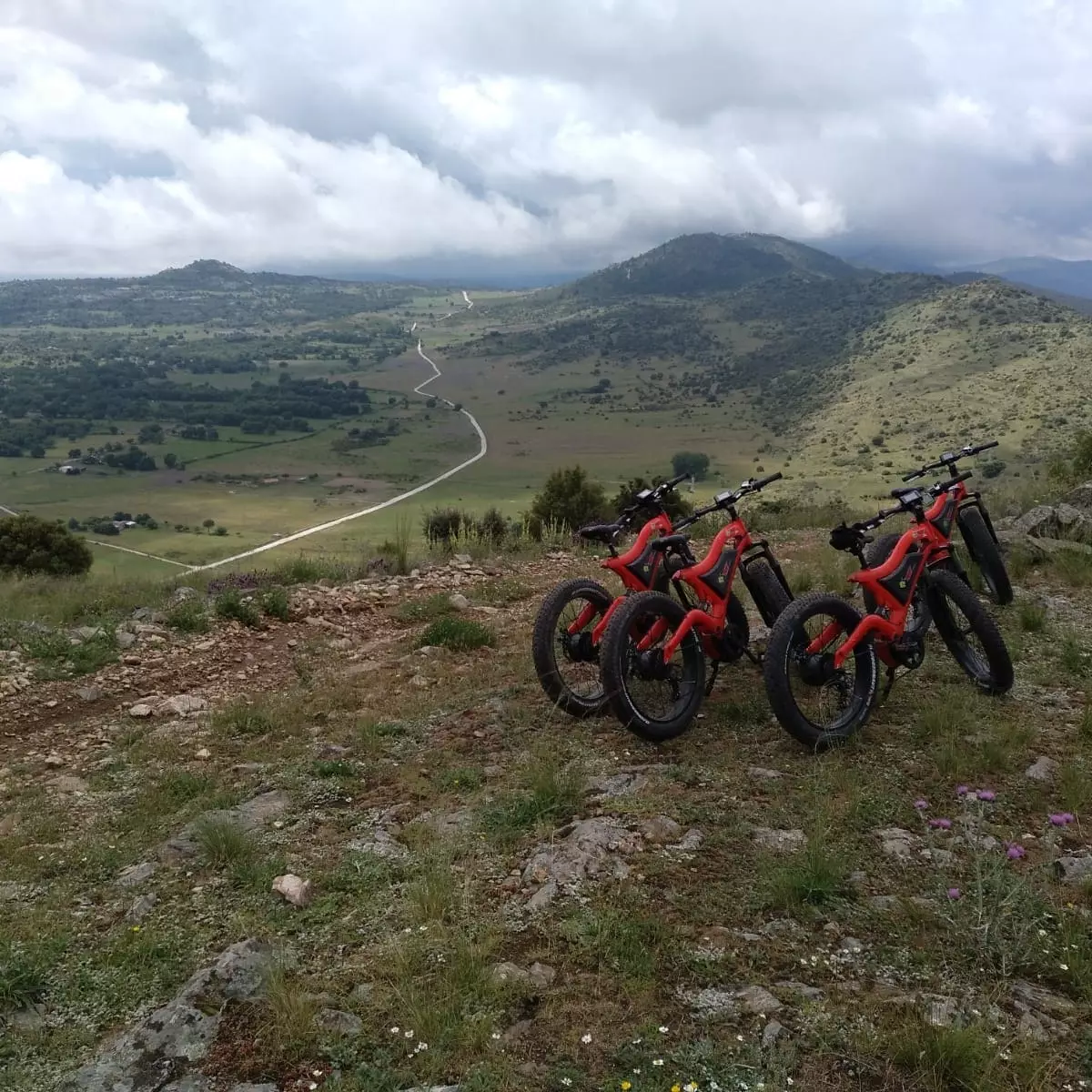
Bicycles from Las Machotas in the Sierra Oeste of Madrid.
A ROUTE TO EVOKE
When you walk along the Perales River along the well-known Route of the Mills, almost unintentionally, the saturated green color tone will evoke that of the Highlands of Scotland, but it is time to stop making comparisons, our nature is as or more impressive than what we find outside our borders. The route is circular, so it starts and returns to the very center of the town of Navalagamella (in about two hours), and is usually attracted by the remains of old hydraulic stone mills that were used in the past to grind grain, although what is really surprising is its gorge; also its waterfalls.
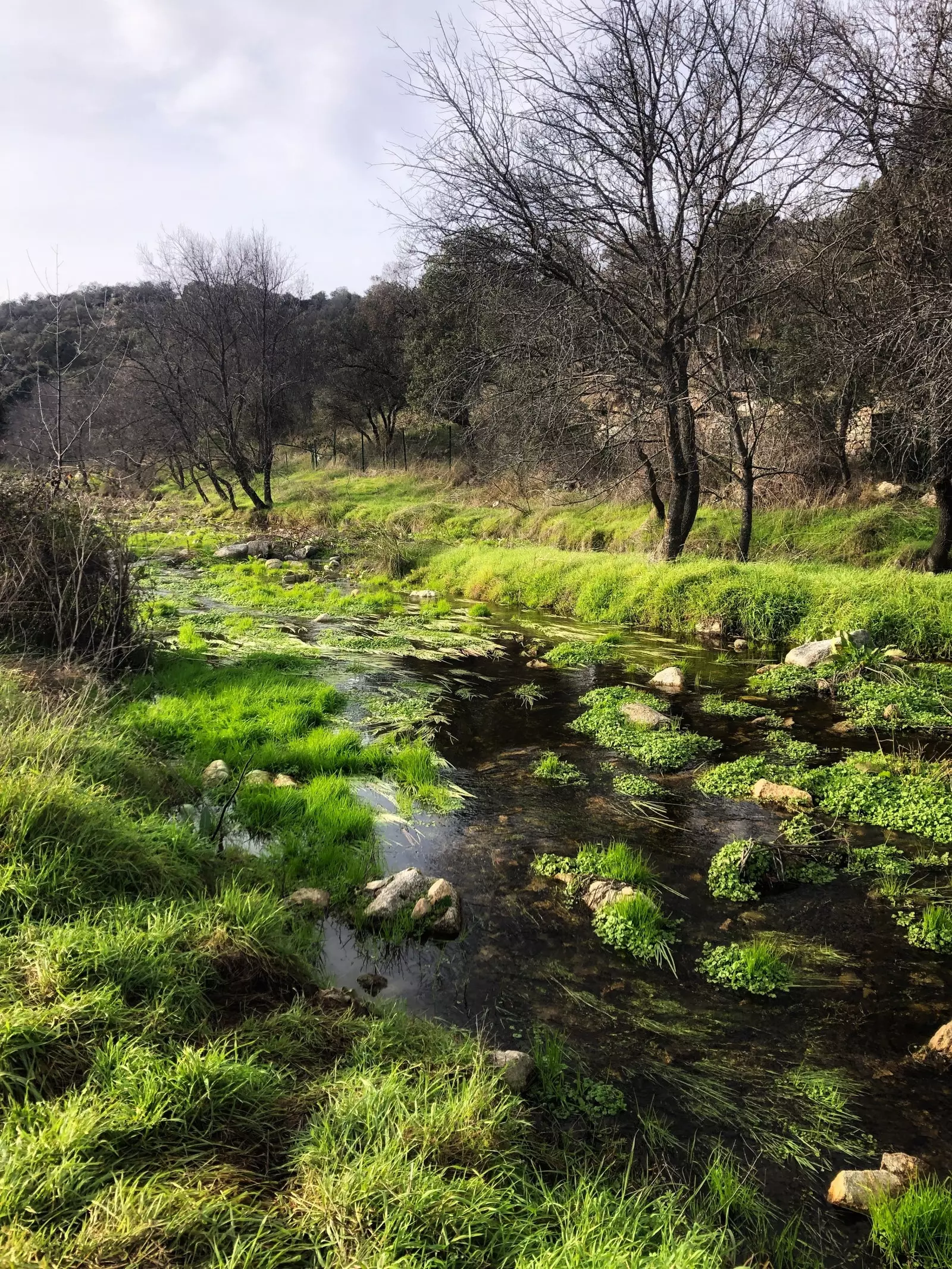
Perales River on the Route of the Navalagamella Mills.
A FOREST IN WHICH TO LOSE YOURSELF
Firs, poplars, birches and other species typical of northern Europe make up the landscape of the Finnish Forest of Rascafría, one of the most idyllic towns in the Sierra Norte de Madrid, in which nature merges with history, that of its famous Monastery of El Paular and the Carthusian monks who made paper, like the one that is said to have been used to print the first part of Don Quixote.
To get to this forest typical of a Scandinavian environment, with a pier and a sauna-shaped house included, you will have to cross the Puente del Perdón that crosses the Lozoya River and walk a short distance along the path known as the Paper Trail.
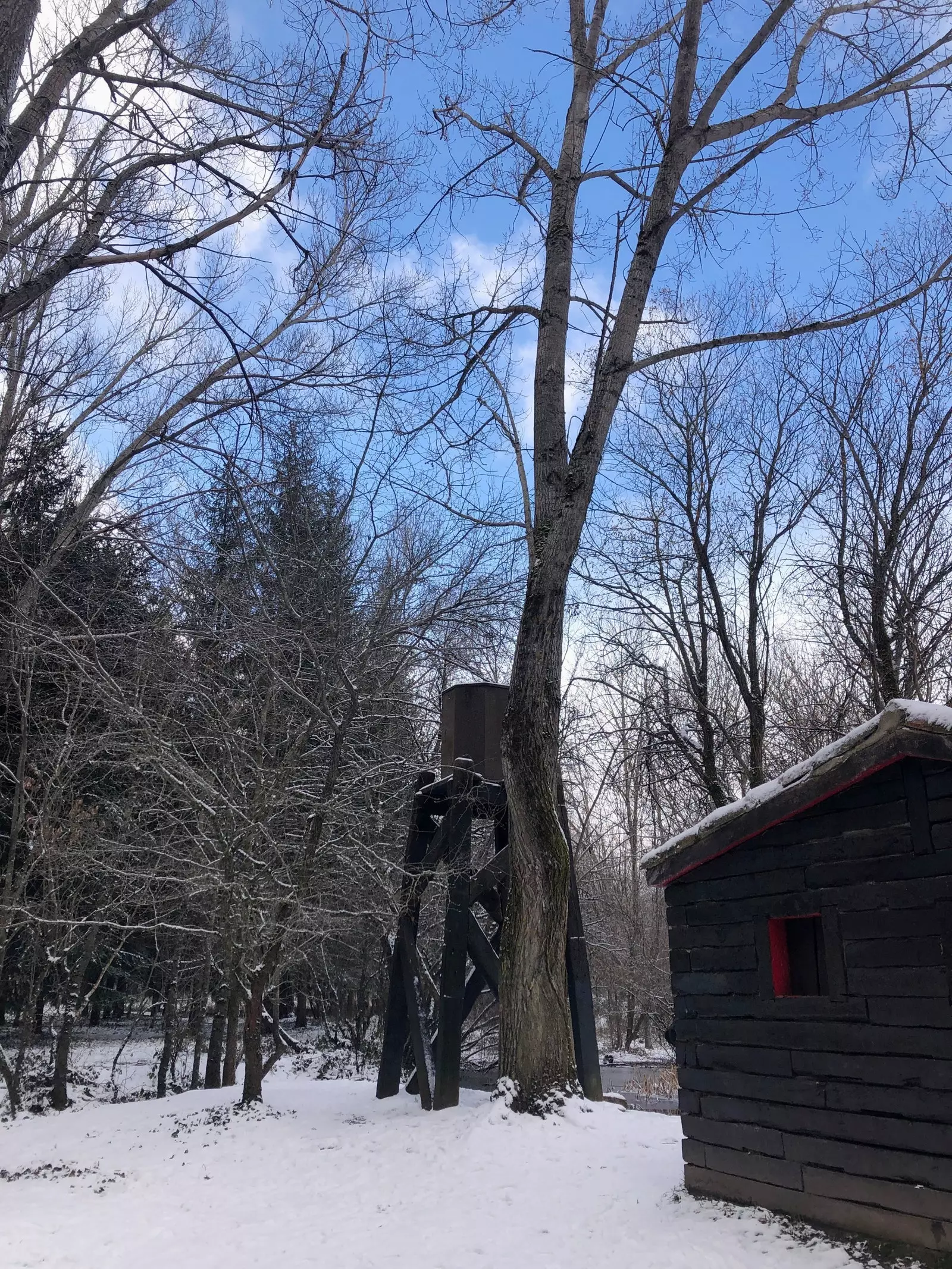
Finnish Forest of Rascafría in winter, Madrid.
SOME DONKEYS TO NEVER FORGET
When you meet Arcadio, the last donkey to arrive in the family of A Ritmo de Burro, a company located in Robledondo that is dedicated to making Zamorano-Leonese donkey routes through nature, You will never want to separate from him, nor will he from you, since he is so affectionate that he seeks your caresses and attention all the time. Saving his life with bottles was taken care of by his owner, Casimiro Rodriguez, alias 'el burrero', as he is known in this town in the Sierra Oeste of Madrid: he had been born with problems in the pasterns and giblets and was not able to stand up, so if he did not suckle colostrum before the first four hours of life, I would die.
Now, weeks after the vet splinted his affected paws, Arcadio is already in top form and shares a meadow with the rest of the specimens of this seriously endangered species. We will not be the ones to encourage you to ride on the backs of these long and shaggy donkeys, but why not ask Casimiro to prepare you a route in which you go on foot and your four-legged friends bring you only food or snack?
